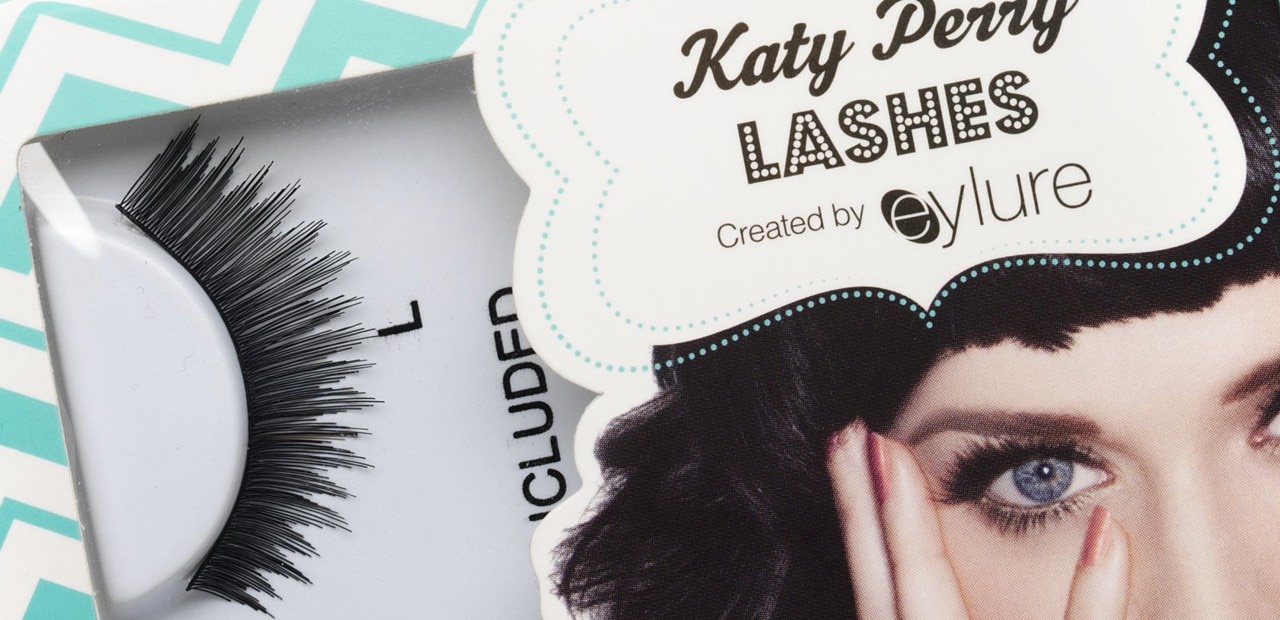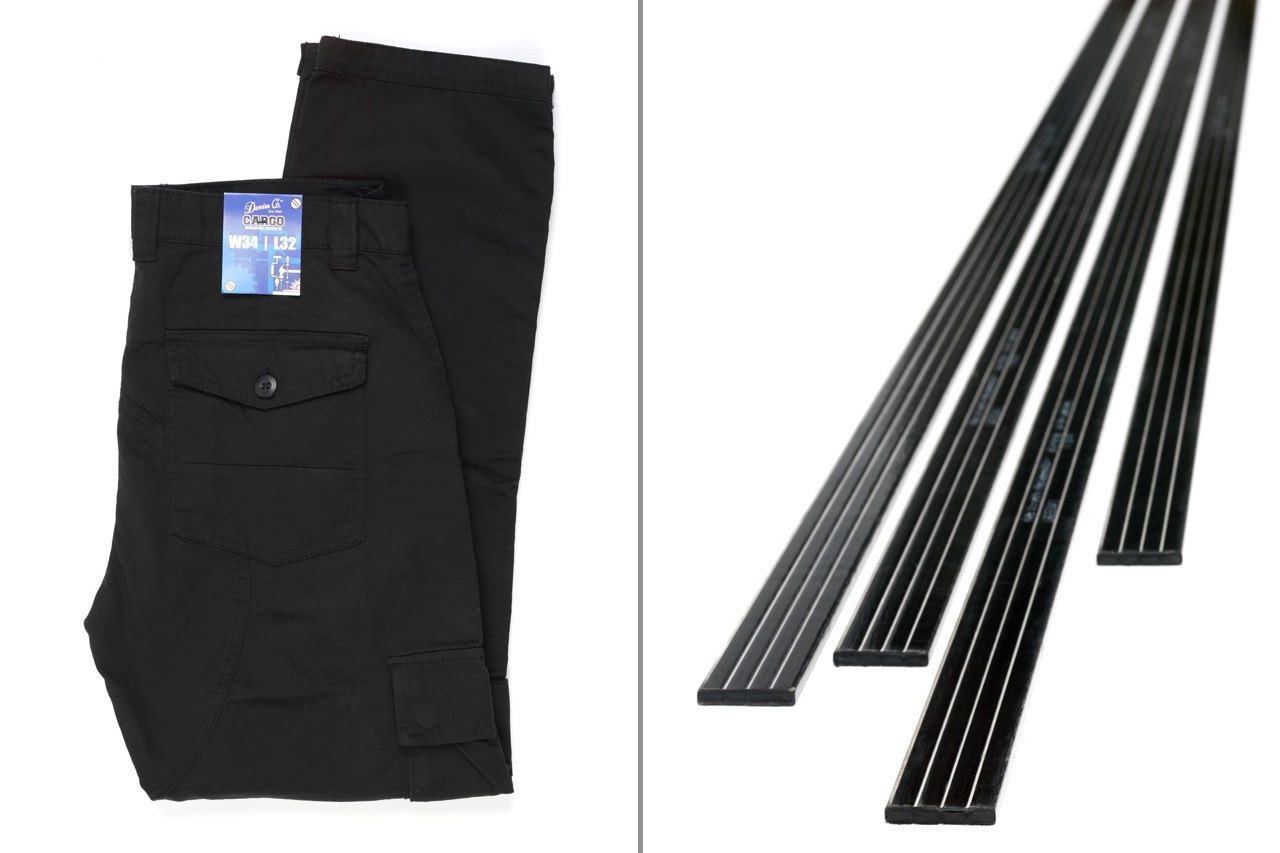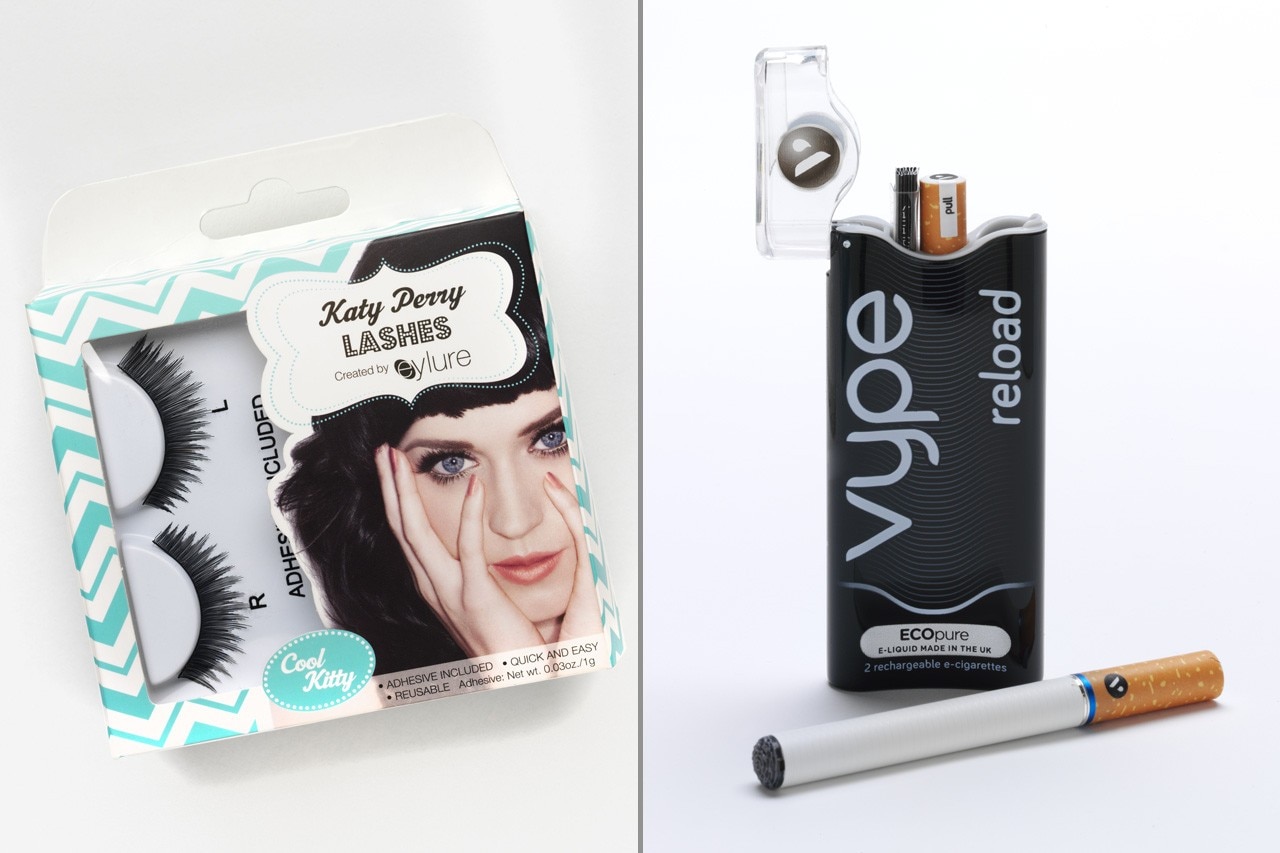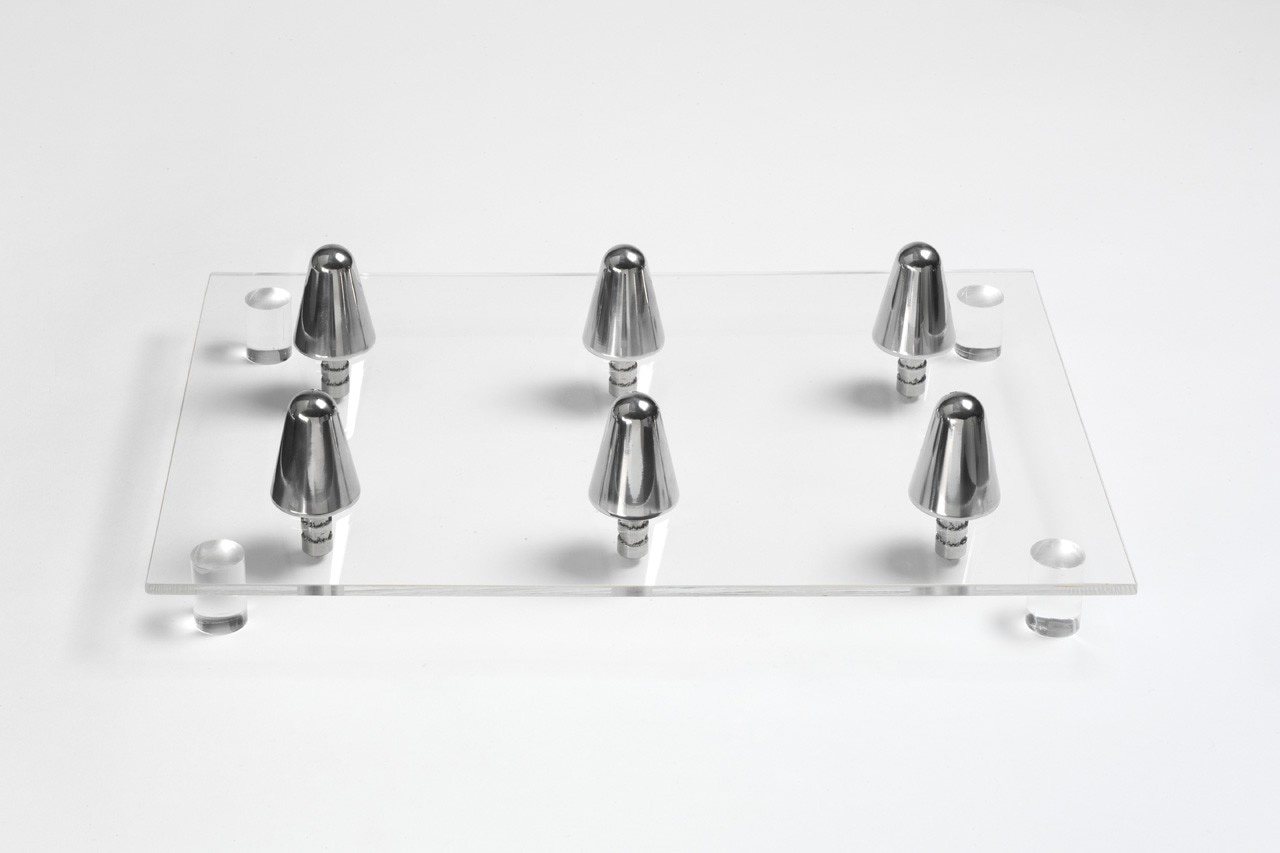
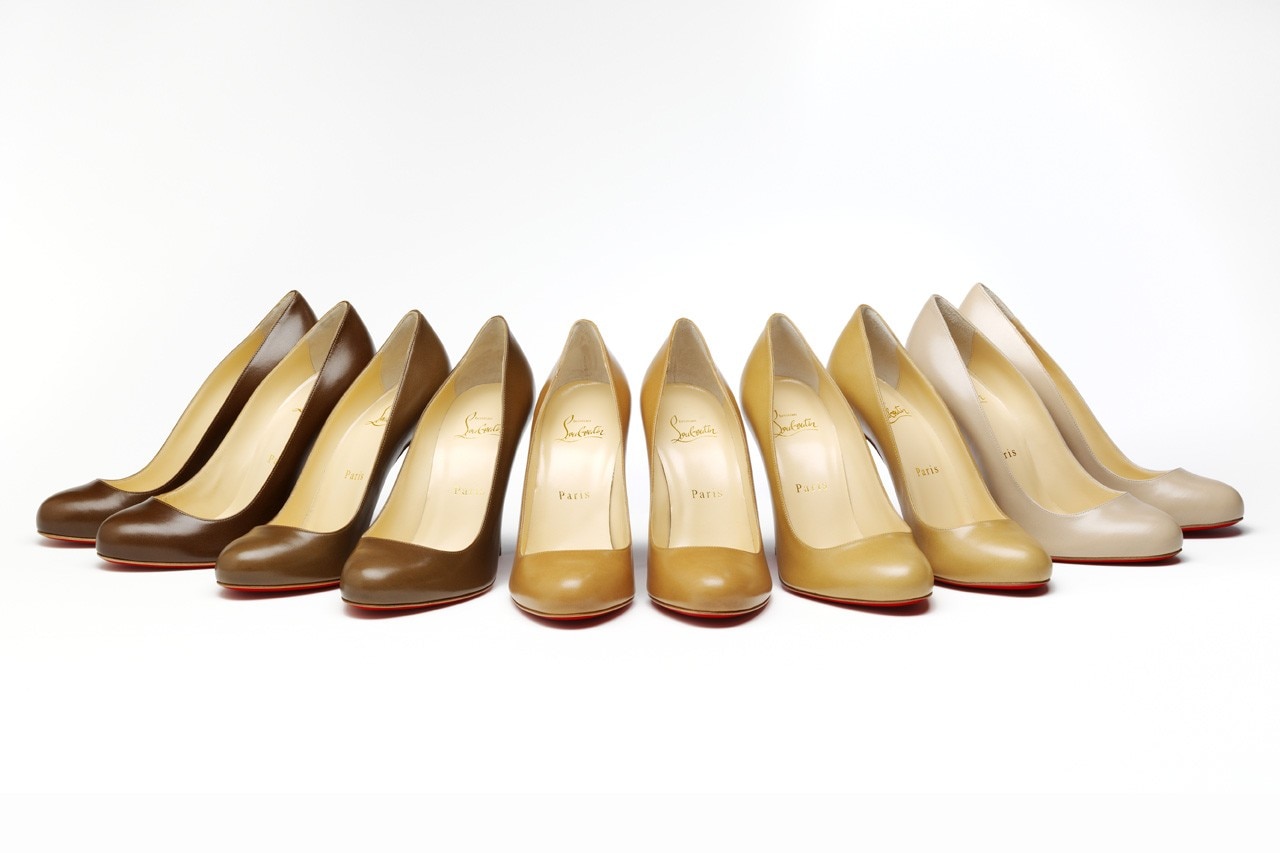
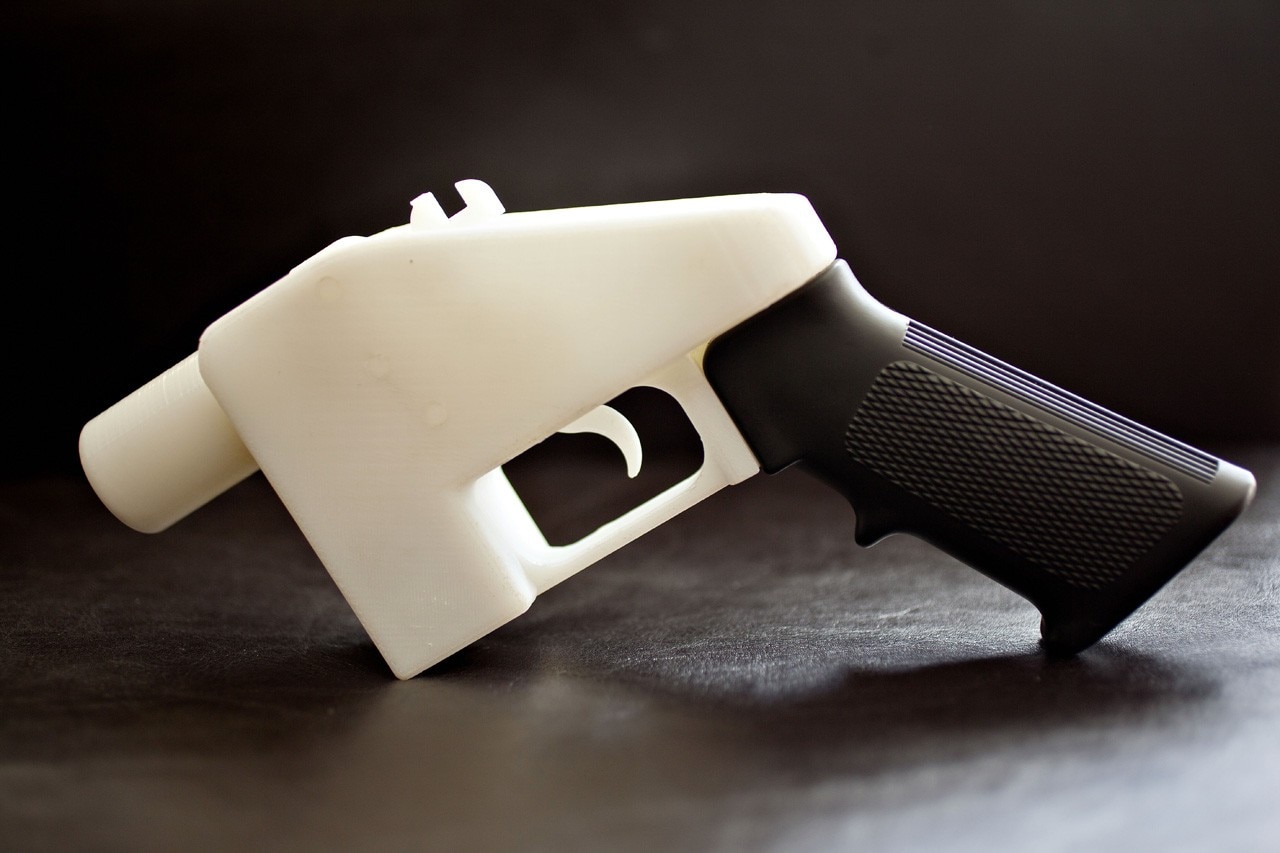
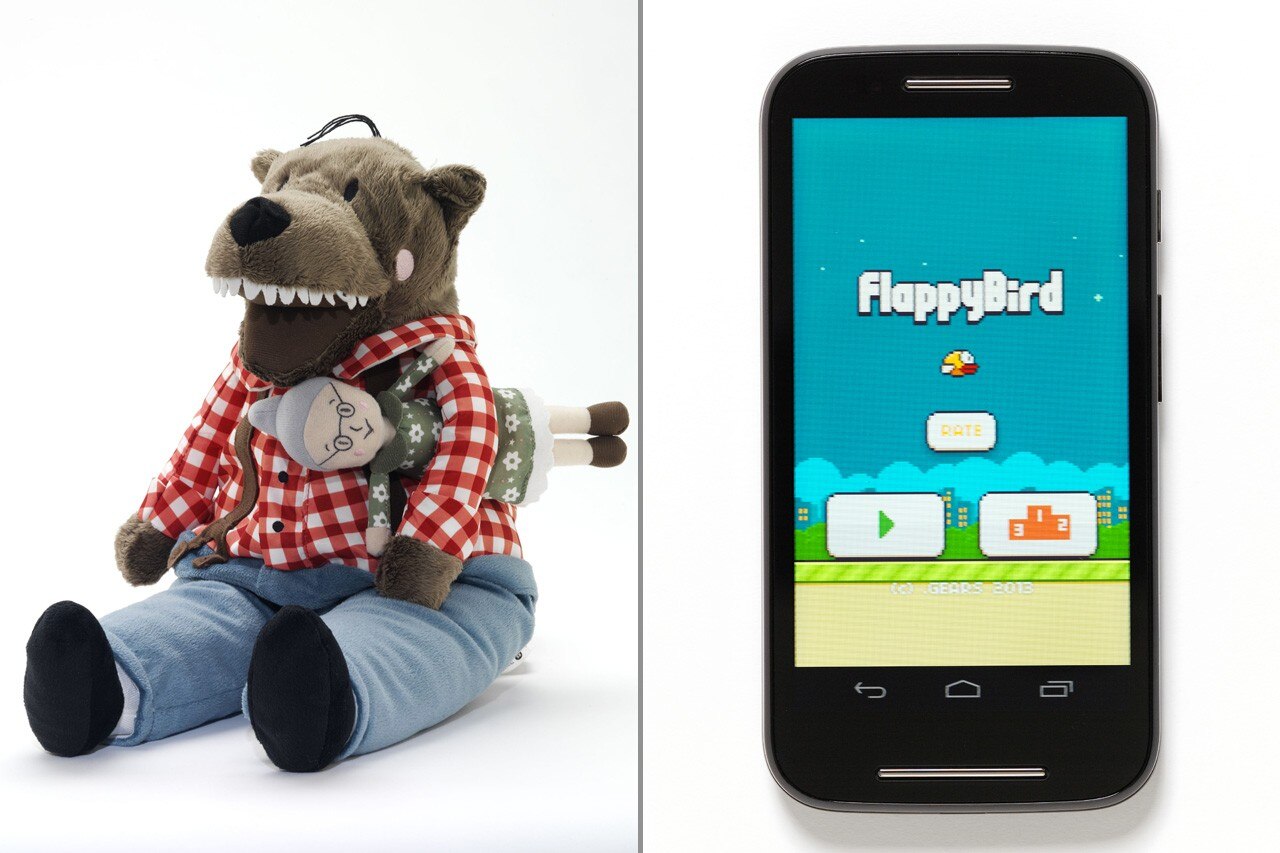
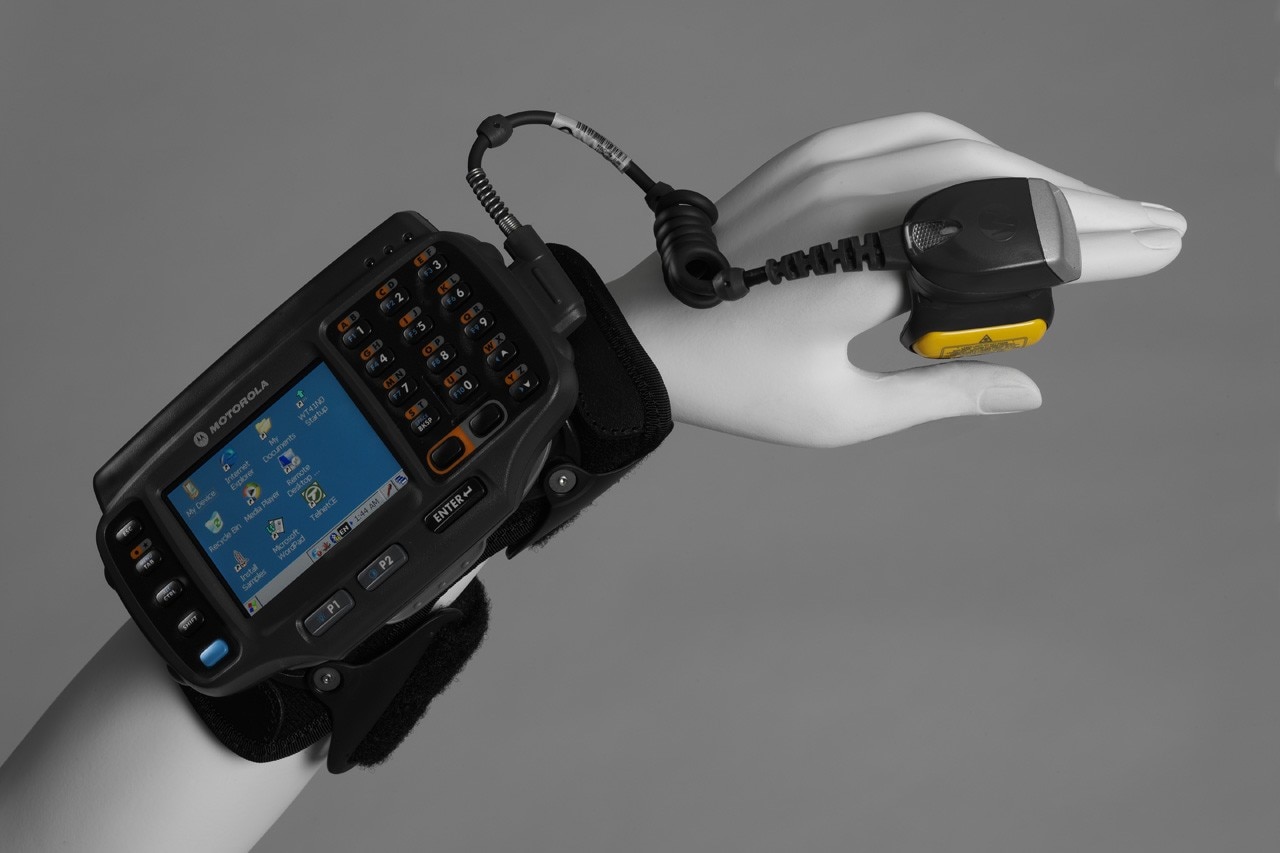
Rapid Response Collecting
curated by Corinna Gardner
V&A’s Gallery 74
Victoria and Albert Museum
Cromwell Road, London
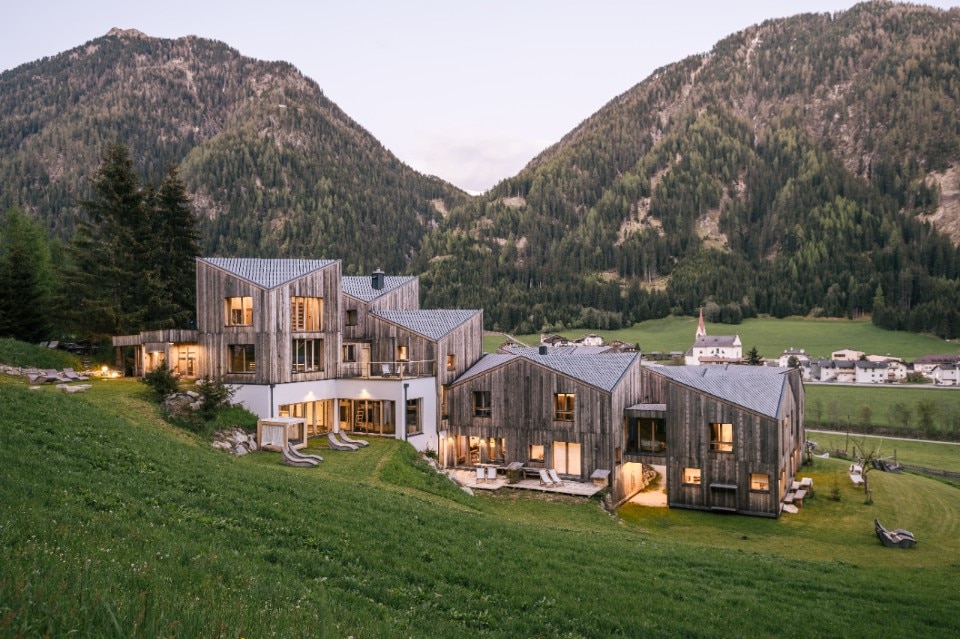
Wood: a key resource for south tyrol
In this northern Italian region, wood is a vital resource that brings together tradition, the economy and environmental protection. The short and sustainable supply chain is worth €1.3 billion and involves thousands of local companies.


